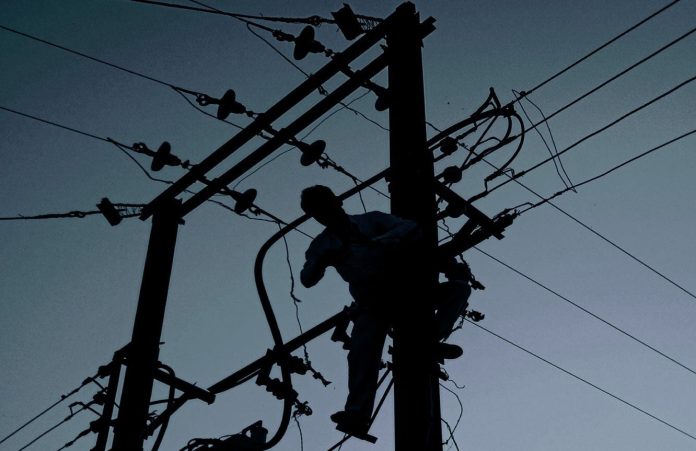In Kashmir, where the arrival of spring typically heralds a sense of renewal and hope, this year paints a starkly different picture as the region finds itself engulfed in darkness and despair, courtesy of an unprecedented power crisis of alarming proportions. The plight of Kashmiri residents, grappling with prolonged power outages despite recent hikes in electricity tariffs and the installation of smart meters, underscores a looming catastrophe that demands urgent attention and concerted action. The current power shortage gripping Kashmir is not merely a seasonal inconvenience; it represents a systemic failure with far-reaching implications for the region’s socio-economic fabric. The residents are facing erratic supply and prolonged blackouts, disrupting daily life and exacerbating hardships.
Despite possessing a substantial hydroelectric generation capacity in Jammu and Kashmir, adequate enough to supply neighbouring states, the Union Territory finds itself grappling with an unprecedented power crisis. Numerous factors contribute to this dire situation, but the primary responsibility rests with the authorities. There exists a significant disparity between the power generated within the UT and its allocated share, with the UT’s portion being insufficient even for a few cities, let alone the entire region. Additionally, projects under the UT Administration fail to generate adequate electricity. The heavy reliance on hydroelectric power exacerbates the problem, particularly during periods of minimal rainfall and harsh winters when generation levels plummet. Surprisingly, even with the advent of summer, the situation has not improved. While peak summers have yet to arrive in Jammu and Kashmir, some areas still experience snowfall, and air conditioners remain unused in the Jammu region. However, once peak summer arrives, the demand for electricity in the Jammu zone will skyrocket, leading to further shortages. Additionally, targets for rooftop solar installations in households and offices remain unmet, further exacerbating the problem. Despite surplus electricity available in the national grid, administration struggles to procure additional power due to financial constraints. During the winter, the Central Government provided relief, but the situation has deteriorated since then. The UT faces substantial AT&C losses, primarily due to electricity theft, a challenge JKPDCL has failed to address effectively. Consequently, the corporation accumulates significant debt and lacks the capacity to purchase sufficient electricity to meet the UT’s demand.
The impact of this crisis extends beyond residential areas, permeating the commercial sector and exacerbating the already precarious livelihoods of business owners. With tourism being a vital economic lifeline for the region, the lack of uninterrupted power supply not only hampers daily operations but also undermines the potential for economic growth and prosperity. In the absence of a reliable power supply, those who can afford it resort to generator sets. However, this solution is neither economically sustainable nor environmentally friendly. The Government must develop a long-term strategy and implement it promptly, as stopgap measures or policies will not yield the desired results. With limited options available, the government must prioritise sustainable solutions to address the pressing power crisis in Jammu and Kashmir.
Addressing Kashmir’s power crisis requires a multi-pronged approach that prioritises both short-term relief measures and long-term structural reforms. Immediate steps must be taken to alleviate the suffering of residents, including equitable distribution of available power, transparent communication regarding power schedules, and targeted support for vulnerable populations. Simultaneously, concerted efforts are needed to address the underlying issues plaguing the region’s power infrastructure, including inadequate capacity, outdated technology, and systemic inefficiencies. This necessitates strategic investments in infrastructure development, diversification of energy sources, and enhanced governance mechanisms to ensure accountability and transparency. The administration must make difficult decisions to alleviate the crisis, such as exploring alternative power generation methods like thermal plants, solar and wind power generation or gas turbines. Practically, despite the prolonged power crisis, authorities have yet to implement an effective action plan to resolve the issue. Without establishing accountability and responsibility, the situation is unlikely to improve.


